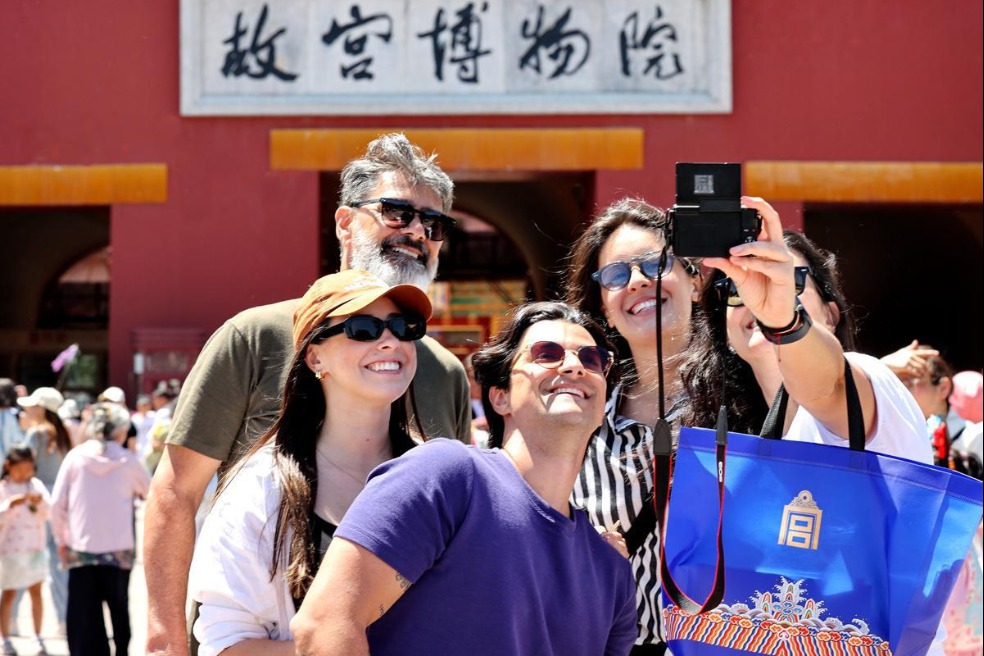Ready to swoosh to the rescue


Their first-aid kits contain oxygen cylinders, tracheal intubators, materials to fix fractures, and so forth-combining to weigh about 15 kilograms.
"I remembered that when I first carried the bag on my back, I fell on the snow course and almost rolled all the way down the hill, but now I can ski with the first-aid kit on my back for several kilometers to rescue people," she said.
The ski doctors have also received specialized training for the Paralympics.
"We hired the coach of the national team to train us on the disassembly and removal of the equipment used by para skiers before the Winter Paralympics, to make sure that it could be quickly removed to protect the athletes from secondary injury," Li explained.
Waking up at 5:30 am every day and carrying out numerous rescues and training drills, Li has been kept plenty busy over the last three months. And every time she sees an athlete crash on the course, it doesn't get any less stressful.
"We saw a lot of athletes fall on the courses during the Winter Olympic Games and the Paralympics. We are very worried each time because we can't instantly spring into action. We need to wait for the all-clear from the control center to confirm there are no other athletes on the course and no other potential dangers. So, every time I get the official go-ahead, I can't wait to rush to the athletes."
According to Li, the age of the ski doctors ranges from 20 to over 60.
























